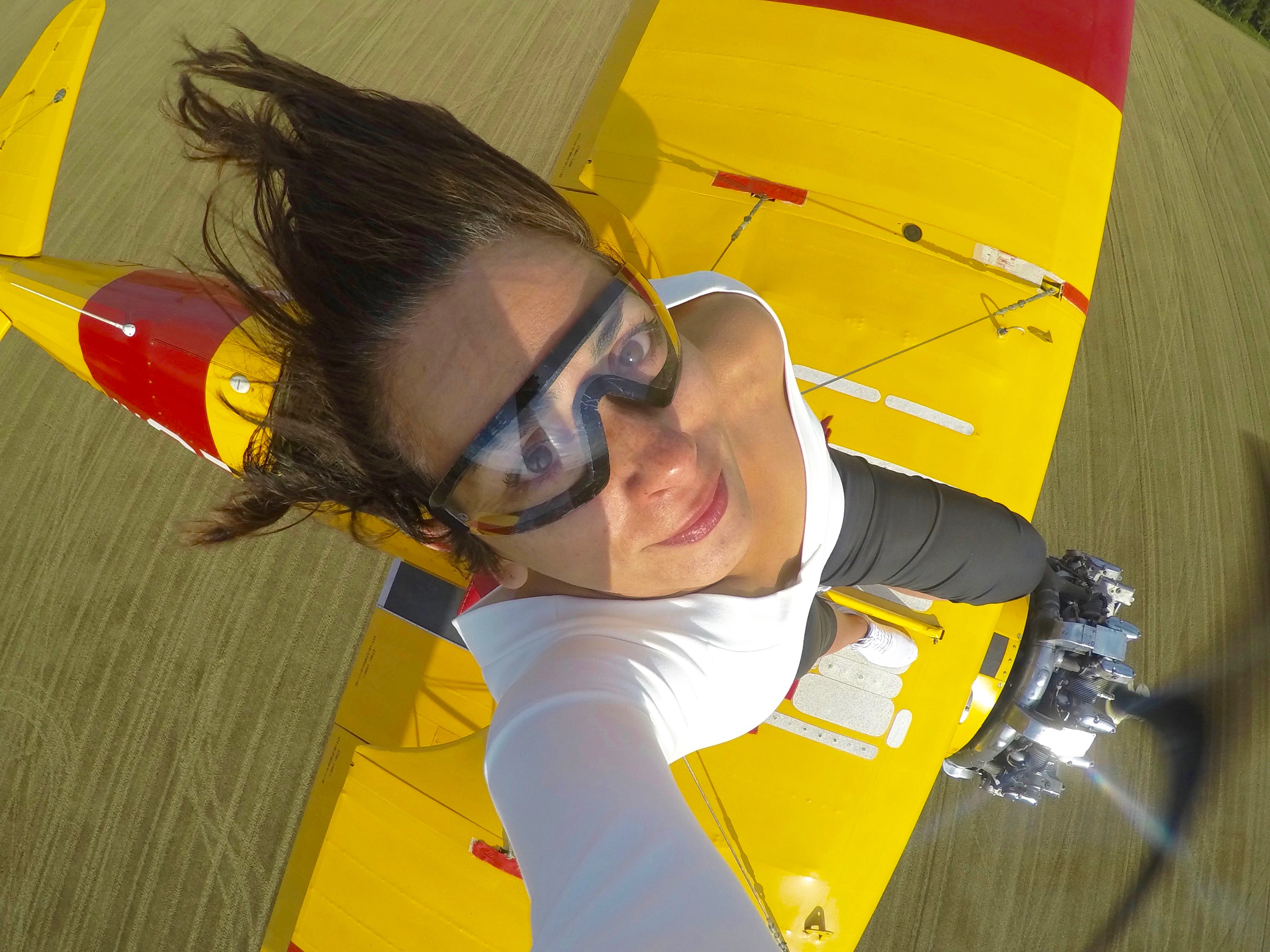Photo courtesy of Ross Findon/ Unsplash
In our professional life, why do we approach major change rationally?
We create the “case for change”, articulating all of the reasons why the status quo is not viable, and all the reasons why the new status is the solution. We establish detailed change execution plans, guided by methodology and rational thought process. We then (rationally) provide training for the changes in behavior that people will be expected to make.
But there is another side to change…emotion!
While this may seem like a logical approach, our ability to sustain change over time is far more emotional than it is rational. The brain science is there — changing behavior and getting people to commit is less about using logic to influence their thoughts and more about presenting the change in a way that influences their feelings.
We propose the following approaches that should be a part of every change management methodology.
- Involve Employees in the Change Process: Develop two-way channels or conduct focus groups to collect employee feedback. Listen and respond to their input. The fastest path to acceptance comes when employees feel they contributed to the solution.
- Create Opportunities to Celebrate Success: Don’t just celebrate when you’ve reached a key milestone. Identify smaller, short-term goals along the way to sustain feelings of success.
- Establish Champions and Ambassadors at Every Opportunity: Engage stakeholders and identify early adopters who can serve as champions for the change.
And here is the bonus tool that will transform change for the best:
- Provide Opportunities for Healthy Emotional Catharsis: Examine ways in which your methodology can fully address the emotional side of change. How can you allow—perhaps even encourage—emotional catharsis in a way that sustains a positive professional outcome?
Letting go is hard. It can be scary. It can even hurt. As change practitioners, let’s help our organisations recognise this, and respond more effectively to it. Perhaps then we will see greater success in our change efforts.


